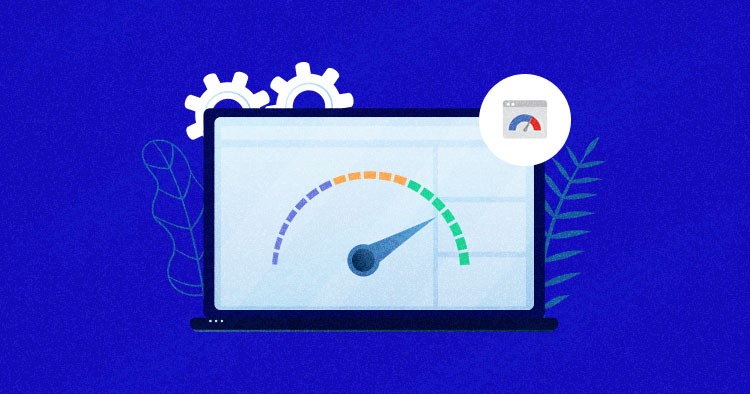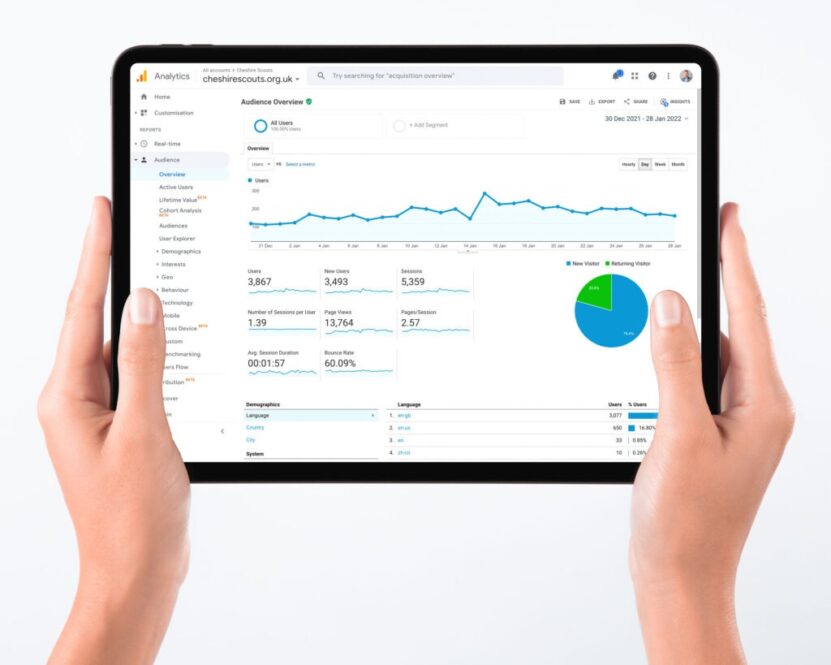Creating a website is not just about choosing colors and adding text. It’s a business decision that can make or break your digital presence.
Whether you want conversions, credibility, or control over your brand, every choice you make—hosting, design, content, structure—has a long-term effect.
Key Highlights
- Your website is a business tool, not a digital brochure
- The structure of your site affects both SEO and conversions
- Choosing the right platform saves time and prevents limitations later
- Mobile-first isn’t optional anymore—it’s the default
- Site performance and loading speed impact trust and rankings
- You can now generate your website in one step with powerful all-in-one tools
Start With Purpose, Not Design

Before you think about colors or templates, define the role of your website. Is it meant to attract leads, drive sales, build credibility, or act as a portfolio?
You need absolute clarity here. A site without clear objectives always underperforms, no matter how visually appealing it looks.
Business owners often make the mistake of chasing aesthetics without thinking about user flow or conversion logic.
That’s a losing game. Your homepage must answer one question fast: “What do you want the visitor to do?”
That could be booking a call, submitting a form, purchasing a product, or just subscribing.
Decide your key objective. Everything else follows.
Choose the Right Platform Early
The platform you build on determines how much control, flexibility, and performance you’ll get later. That’s not just a tech choice. It’s a strategy decision. You need to think beyond launch—think scalability, ease of maintenance, and integration with your business tools.
For small businesses or entrepreneurs who don’t want to juggle five different tools, there’s a shortcut. You can generate your website here using a powerful all-in-one platform.
It combines every core feature—site builder, hosting, forms, automation, and AI guidance—in one package. You don’t need multiple subscriptions, plugins, or custom code. It simplifies everything while keeping you in control.
Rushing into the wrong CMS or builder leads to rework, hidden costs, and limits you can’t undo later. Be smart at the start.
Site Architecture Impacts Everything
Your structure affects SEO, user experience, and performance. Messy navigation frustrates users and ruins ranking signals. A smart architecture makes your site easier to crawl, easier to use, and easier to scale.
Here’s what you must get right:
- Use clean, short URLs with a logical folder structure
- Don’t bury key pages too deep
- Keep the main navigation focused—no more than 5–7 core links
- Add internal links to guide users and search engines
- Make sure there’s a sitemap and your robots.txt file is clean
Google rewards clarity. So do users.
Your Homepage Needs Strategic Copy

Your homepage isn’t just a welcome mat. It’s a business pitch. Every word matters. The copy should tell visitors what you do, who it’s for, and why they should care—fast.
Use clear headlines, trust signals (like testimonials or client logos), and a visible call-to-action above the fold. Don’t try to say everything. Just say the right thing.
Avoid overloading your homepage with text. Use scannable blocks, short paragraphs, and visual hierarchy. Think like a billboard, not a brochure.
Mobile-First Is Mandatory
Most visitors will check your site on a phone. If your mobile experience is clunky or slow, you lose them. Google indexes the mobile version of your site first. So it affects both users and rankings.
What matters on mobile:
- Fast loading speed
- Clear tap targets and buttons
- Easy-to-read font sizes
- No overlapping elements
- Minimal scrolling before action
Always preview your pages on multiple screen sizes. What looks clean on desktop might break on mobile.
SEO Starts With Technical Foundations
You can’t “add SEO later.” If the foundations are off, optimization becomes repair work. Your code, speed, metadata, and structure set the stage.
Focus on:
- Fast loading time (under 3 seconds)
- Optimized title tags and meta descriptions
- Alt text for all images
- Schema markup for rich snippets
- Secure HTTPS protocol
- Mobile-friendly design (again—it’s that important)
Google wants speed, security, and structure. Your site must deliver all three.
Page Speed Is a Trust Signal

Good SEO doesn’t start with keywords. It starts with fast load times, optimized metadata, and clean site code. If Google can’t crawl your site efficiently, no amount of content will help.
Use lightweight themes or custom code. Minimize external scripts. Compress your images. Add alt tags. Secure your site with HTTPS. Structure your H1s and H2s properly. Google needs logic. Give it that.
SEO isn’t a plugin—it’s a foundation.
If your website loads slowly, users click away. You lose leads before they even see your offer. Speed isn’t just a technical metric—it’s a direct trust factor.
Here’s where most slowdowns come from:
- Uncompressed images
- Bloated plugins or scripts
- Poor hosting
- No caching setup
- Unoptimized fonts
Run your site through tools like GTmetrix or PageSpeed Insights. Fix what slows you down.
Content Without Strategy Fails
A blog doesn’t help unless the content answers real user questions. Service pages don’t convert unless they explain value clearly. Every sentence should serve a purpose. Don’t write for yourself—write for your visitors.
Start with keyword intent. Create an outline that mirrors what people want to find. Deliver clear answers, with subheadings that guide the eye. Avoid fluff or filler phrases. And end each page with something actionable.
If someone lands on your site and leaves with no direction, your content failed.
Don’t Chase Traffic Without Conversions
You can have 10,000 visitors and zero leads. That’s not success. The site must convert—whether that’s a call, a form submission, a sale, or a download.
Always give users the next step. Place one clear CTA per page. Too many options cause paralysis. Add social proof near your action buttons—client quotes, media features, star ratings. People don’t act unless they trust you.
Design for decisions. Traffic without action is noise.
Integrations and Analytics Matter

You need to track what works. You also need your website to integrate with your tools—email platforms, CRMs, booking systems, payment gateways.
Set up:
- Google Analytics
- Google Search Console
- Facebook Pixel (if you advertise)
- Custom event tracking for conversions
Don’t treat your website as an isolated piece. It’s part of your business engine.
You Can’t Skip Regular Updates
Websites are never “done.” If you launch and leave it, things will break—links will rot, scripts will get outdated, SEO signals will fade.
Set up a monthly check process:
- Check for broken links
- Review your top-performing pages
- Update any outdated info or offers
- Refresh visuals or testimonials as needed
- Review page speed and performance
Think of your website like a store window. Keep it fresh, functional, and relevant.
Conclusion: Your Website Is a Strategic Asset
Building a website isn’t about design trends or templates. It’s about structure, performance, clarity, and conversion. Every decision you make—platform, layout, copy, speed—affects how your visitors act.
Start with purpose. Choose the right tools. Track what matters. And don’t waste time on anything that doesn’t drive results.

